Ukrainians ‘like fire extinguishers putting out Russian advance’
As Russia talks of peace, its spring offensive intensifies. A Ukrainian special forces commander tells of the struggle to defend the northern city of Sumy.

The forests and low hills of Ukraine’s northern borderland are a very different battle terrain to the featureless steppe of Donbas. There are more places to hide, and more positions to defend. Still, Russia’s attritional mode of combat is largely unchanged.
Most days, on the stretch of the border between Sumy and Kursk defended by Ukraine’s 4th Rangers Regiment, a dozen or so enemies will ride into battle on quad bikes trying to capture a smallholding or village. The task for “Bakhcha”, commander of the regiment, and his men is to anticipate the sally and snuff it out.
The Rangers, a special forces regiment, was created last March for the purpose of carrying out reconnaissance and assault missions of their own. For the past few weeks, however, amid the opening salvoes of a new Russian offensive, their role has been more akin to a “fire extinguisher”, Bakhcha says.
“They are testing our defence lines by making daily raids on villages, seeing where they can find a weakness,” said Bakhcha, a thickset 33-year-old colonel who has been fighting the Russians since 2014. Bakhcha — meaning a garden for growing watermelons in Ukrainian — is his call sign.
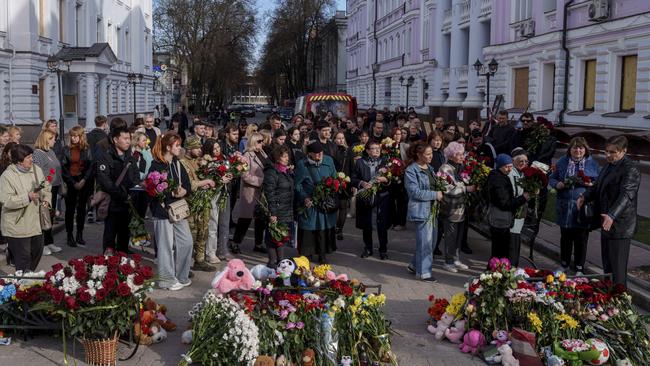
Ceasefire talks may be in progress, but the Kremlin’s professed desire for peace is reflected little in its military operations. Russia is now beginning a spring offensive on multiple fronts, and Ukraine says that the number of daily attacks has doubled over the past fortnight.
Sumy, an area of relative calm for more than two years of the conflict, appears to be among the prime targets. The city and its surrounding province are across the border from Kursk, the Russian region that was invaded by Ukrainian forces last August.
Russia has all but driven out the last of the Ukrainians and is making forays of its own across the border. President Zelensky said last week that Moscow has positioned more than 67,000 troops on the Sumy-Kursk border in preparation for a thrust towards the city, which is roughly 25km from the border.
“(Russia) completed the relocation (of troops) for an attack in the Sumy direction,” he said. “There are many attacks there. Most attacks, on average, are in that direction.”
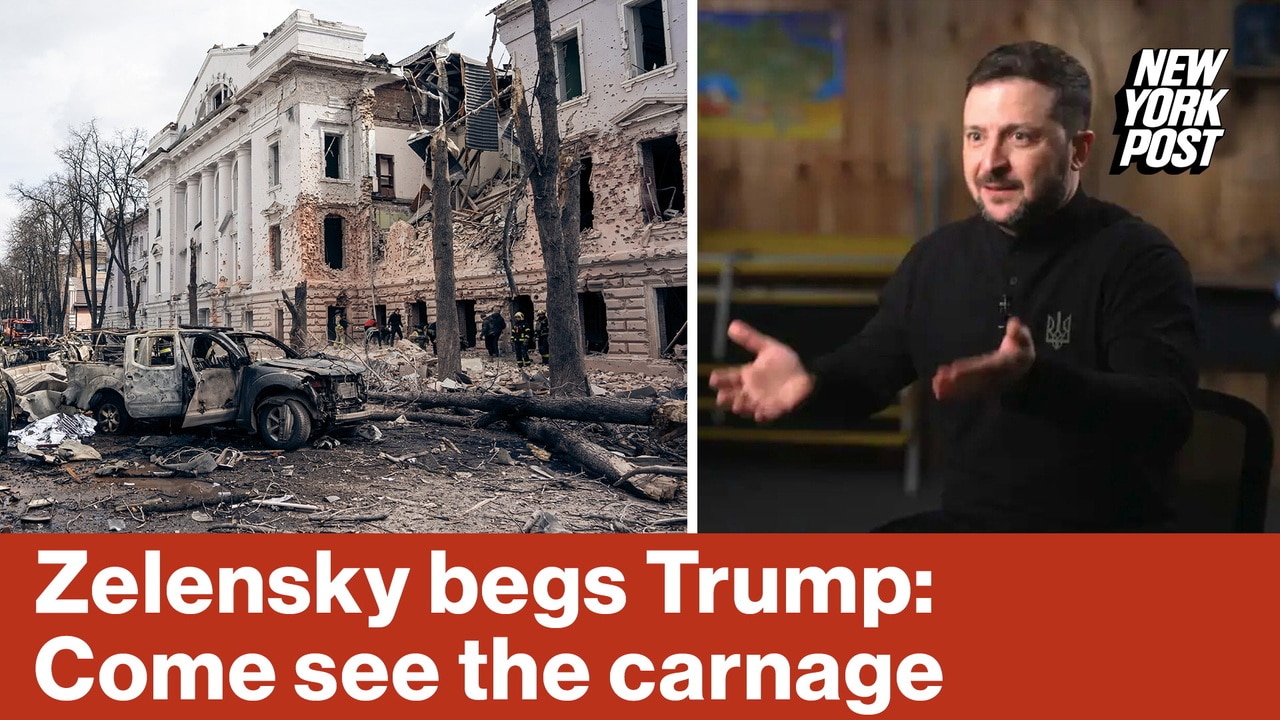
Russia tried and failed to capture Sumy city in February 2022. By the end of that spring, all of its forces had been pushed back across the border. Since then, and particularly since Ukraine’s invasion of Kursk, the city’s fortifications have been heavily reinforced.
The fields around the city are studded with dragons’ teeth — concrete anti-tank obstacles — and scored by networks of trenches.
“The Russians are trying to create a buffer zone,” a Ukrainian defence source said. “They will try to advance as far as they can but they don’t have the resources to try and make it to Sumy.”
Still, the deadliest attack on Ukrainian civilians this year was in Sumy at the weekend, when 34 people, including two children, were killed by missiles.
A 30km stretch along the border is now a grey zone of contested villages. Russian media has claimed that Kremlin forces occupy 70sq km of Sumy region, including the villages Loknya and Basivka, though these claims have not been independently substantiated.
The Institute for the Study of War says that its evidence suggests that Russian forces occupy only 44sq km in the region.
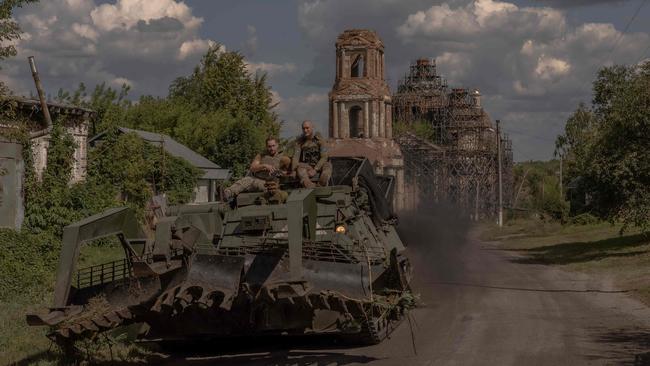
Ukraine is making raids of its own into Kursk and continues to occupy a small wedge of Russian soil to tie down the enemy and prevent them from building a concentration of forces.
Bakhcha’s regiment has been using reconnaissance drones to identify the supply chains feeding the frontline forces so that they can be destroyed by Himars — American-supplied rocket artillery.
As ever, the Ukrainians are outnumbered. Among the Russian forces relocated for the Sumy offensive are two brigades of supposedly elite forces: 155th marines, who before were serving in Donbas; and the 810th marines, who were serving in Robotyne in the Zaporizhzhia region.
Their arrival has had little impact, however, Bakhcha says, adding that elite Russian units stopped making a difference after May 2022 thanks to high casualty rates and a lack of training among reinforcements.
Another supposedly elite brigade the Ukrainians are up against is the 76th paratrooper brigade, though they too are poorly trained and poorly equipped, Bakhcha says.
Last week Bakhcha’s men stopped a quad bike raid by 12 soldiers from the 76th using drones and artillery. The one survivor, who was taken prisoner, had signed a contract while serving jail time in Saratov, southern Russia, only two weeks earlier.
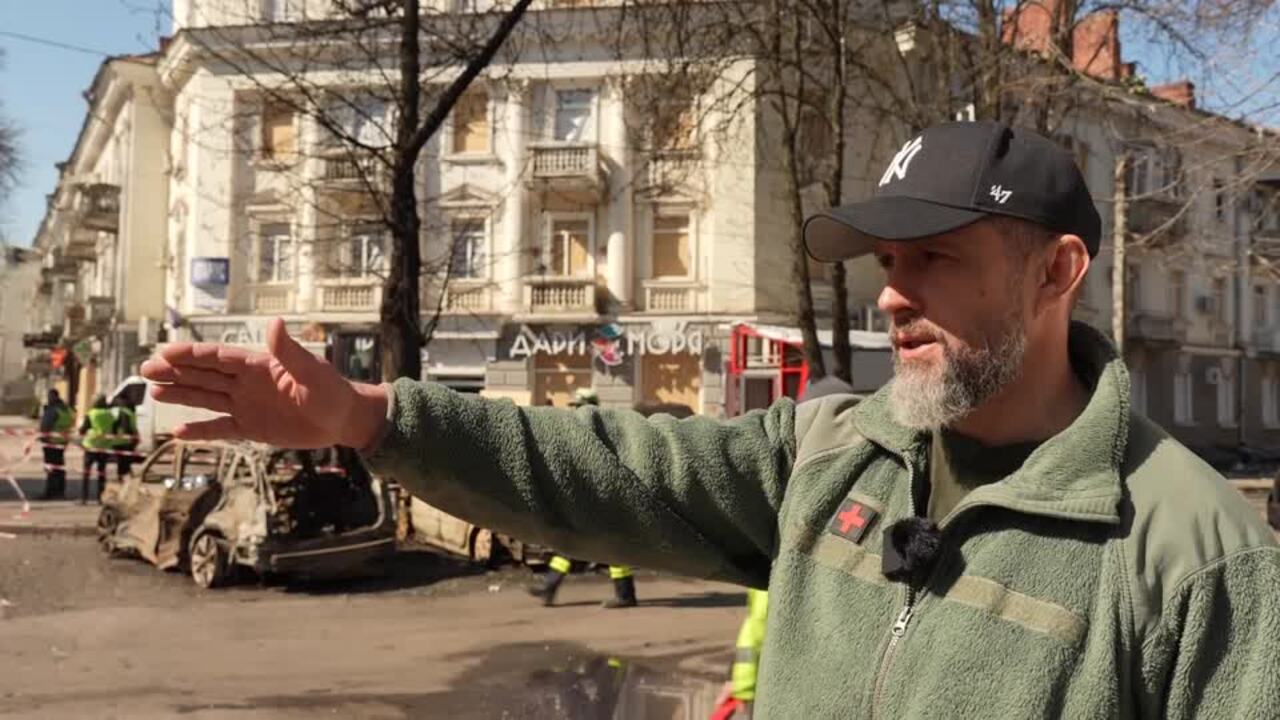
Because they lack night-vision equipment, the Russians mostly carry out these raids during the daytime. Each day along the line that Bakhcha’s regiment defends, the Russians lose roughly ten men.
Until recently, the land the Rangers defended was Russian territory, having been based in the towns of Sudzha and Mala Loknya, both in Kursk region, from October last year to March, when Ukrainian troops began to fall back.
The Russians were able to recapture that land, he says, in large part thanks to the North Korean reinforcements who provided them with an overwhelming manpower advantage.
“It’s not that the North Koreans were better trained, but it’s difficult to defend when you have a hundred guns pointing at you,” he said.
Bakhcha has not encountered any North Koreans on Ukrainian soil, and it is thought that Moscow has so far refrained from ordering them across the border.
Regardless of whether or not they do, the Russians are likely to find stiffer resistance in this next phase of the northern war.
“With Kursk, it was different because it wasn’t our land,” Bakhcha said. “We did not care as much about defending it. But this is our land and we will defend our border until the very last bullet.”
THE TIMES


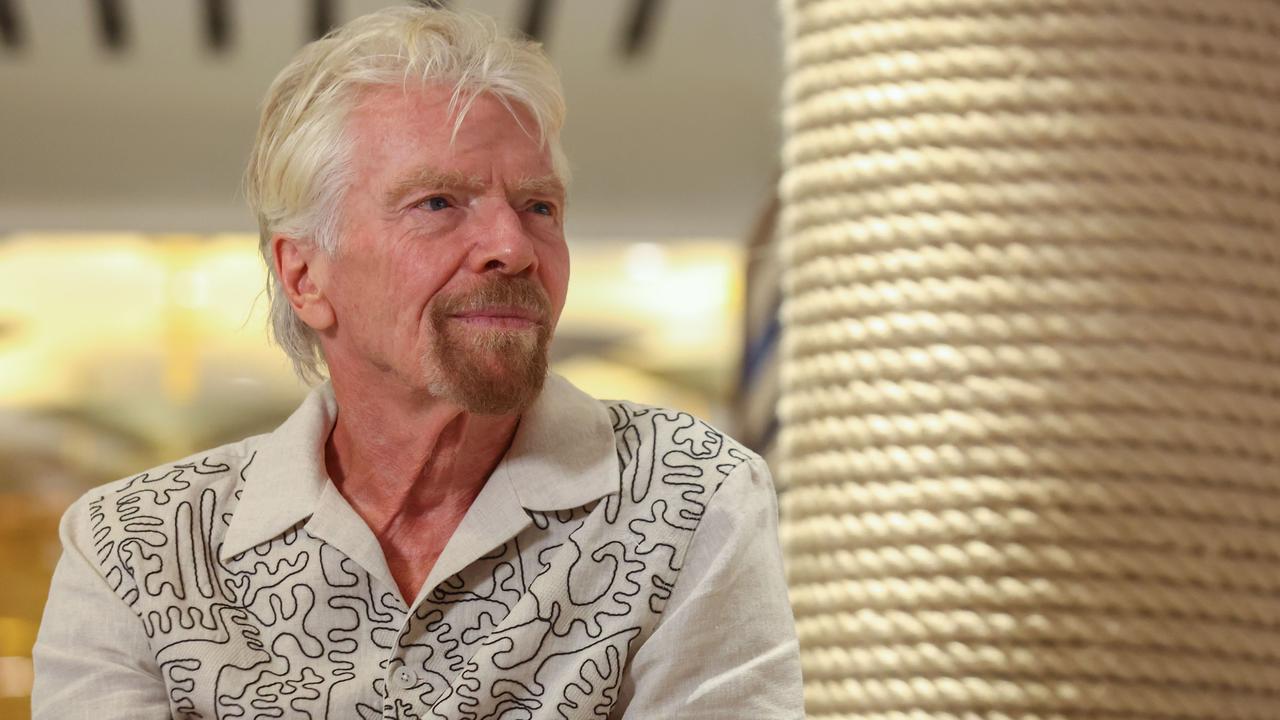
To join the conversation, please log in. Don't have an account? Register
Join the conversation, you are commenting as Logout